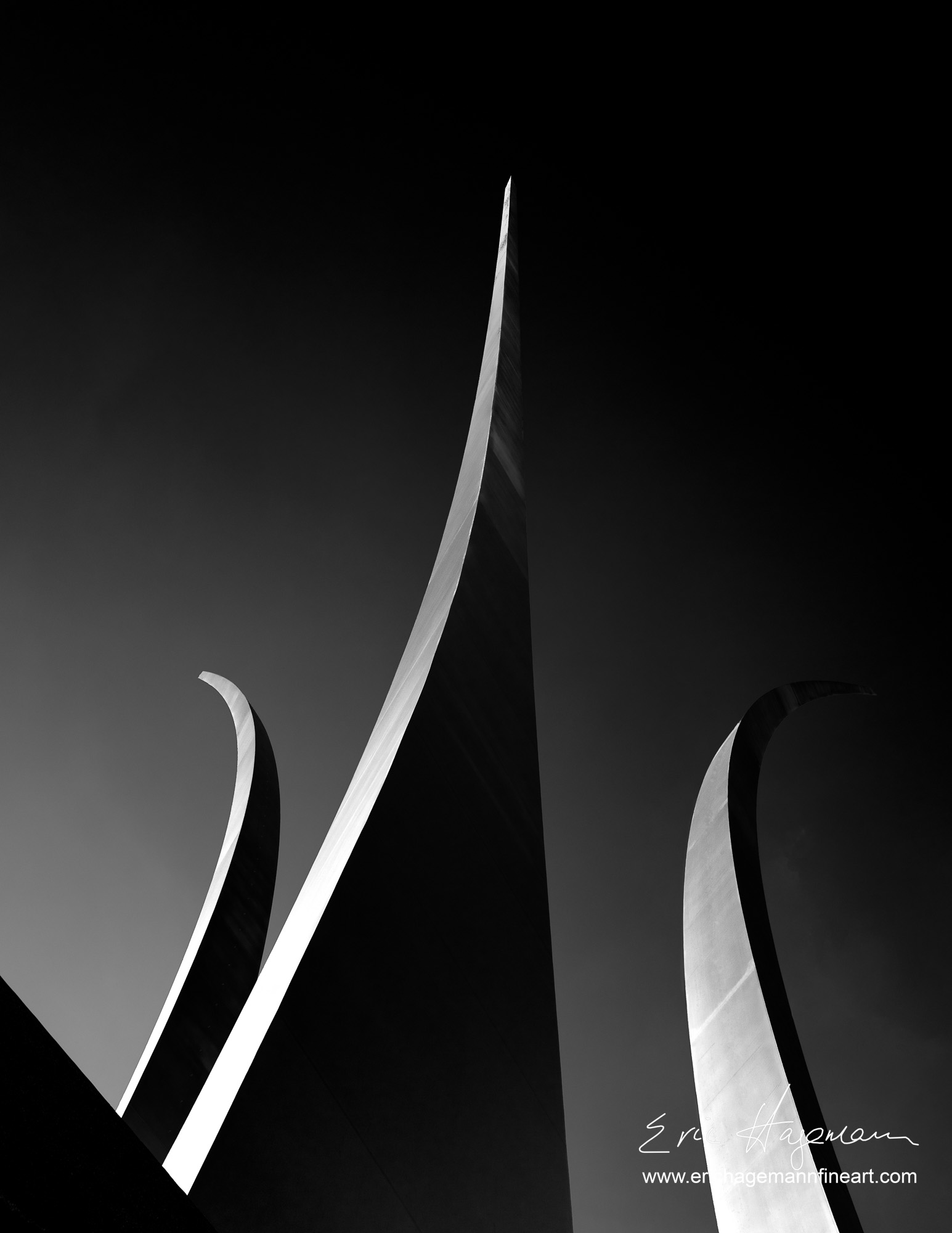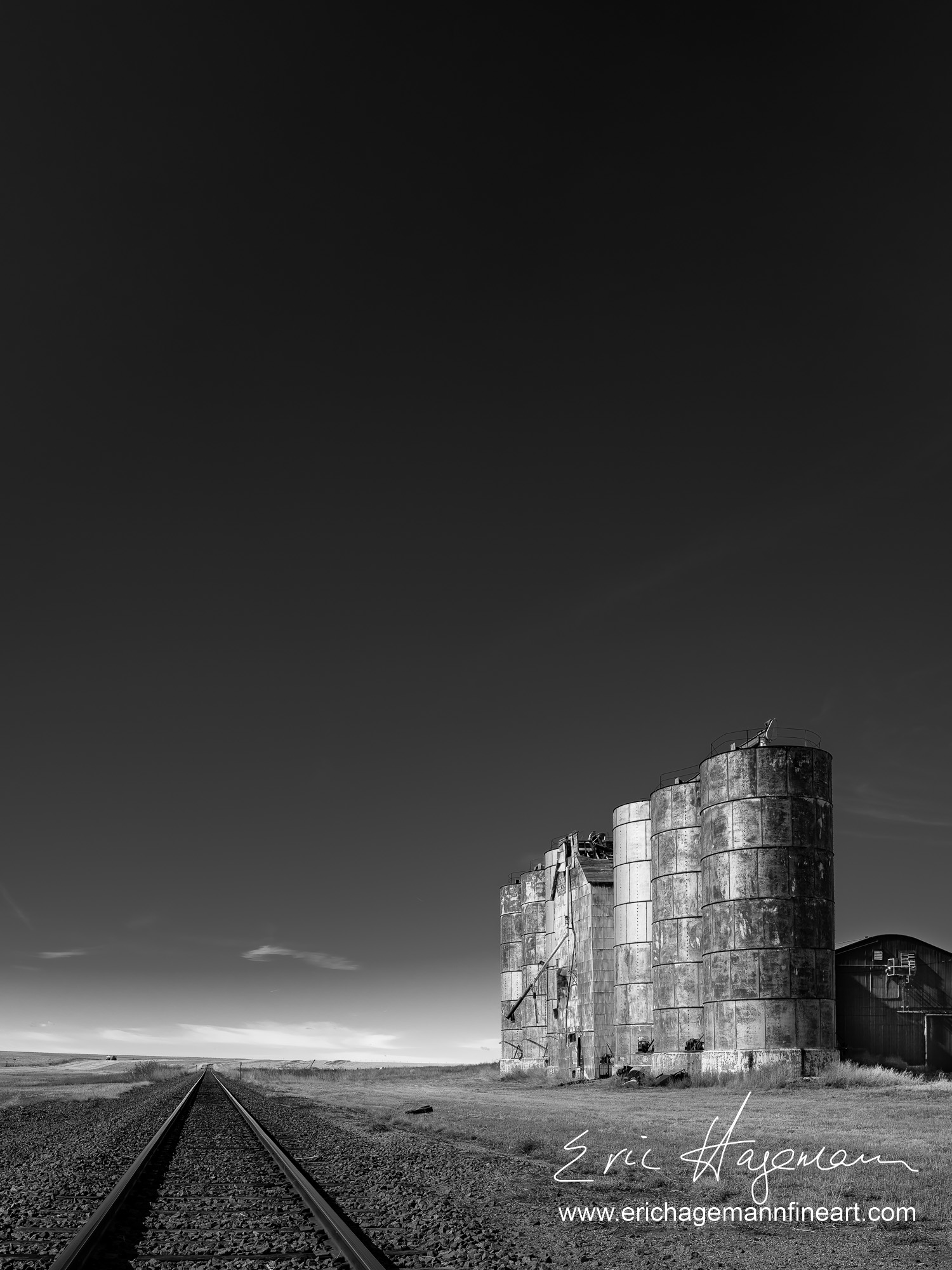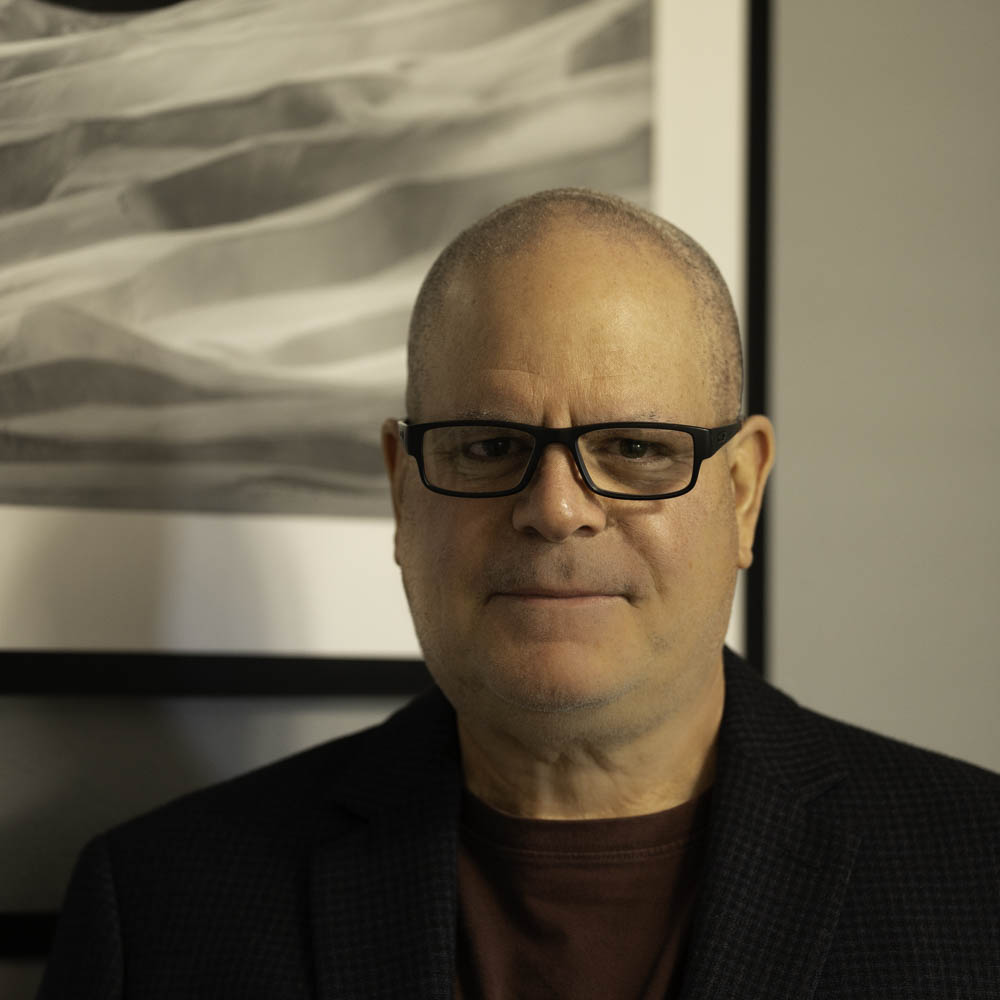We caught up with the brilliant and insightful Eric Hagemann a few weeks ago and have shared our conversation below.
Eric, appreciate you joining us today. Can you talk to us about how you learned to do what you do?
My skills are rooted in trial and error, continual learning, and a growing understanding of the subtleties; the “in between” moments beyond rules and formulas.
I create black and white photographs. Many view black and white as a fallback—something to use when color doesn’t work. But I approach it from a different angle: What if I chose black and white from the beginning? How would I approach the work.
A fine art image is a reinterpretation of the world filtered through the artist’s mind. We all see the world differently, shaped by our backgrounds, education, and experiences. My process is informed by all of these.
Working in black and white liberates me from the boundaries of color. Color carries inherent meaning—some of it instinctual, some cultural. Fire trucks are red. School buses are yellow. These associations are powerful, but they’re also limiting. In black and white, I work with luminance, freed from color’s rules and expectations.
Learning to see beyond those expectations has been a journey. My professional background is in engineering, where creativity is practical—building the next best thing within the constraints of physics, economics, and time. Fine art photography requires a different kind of creativity: one that bends the rules, manipulates light, and reshapes perception—not for efficiency, but for expression.
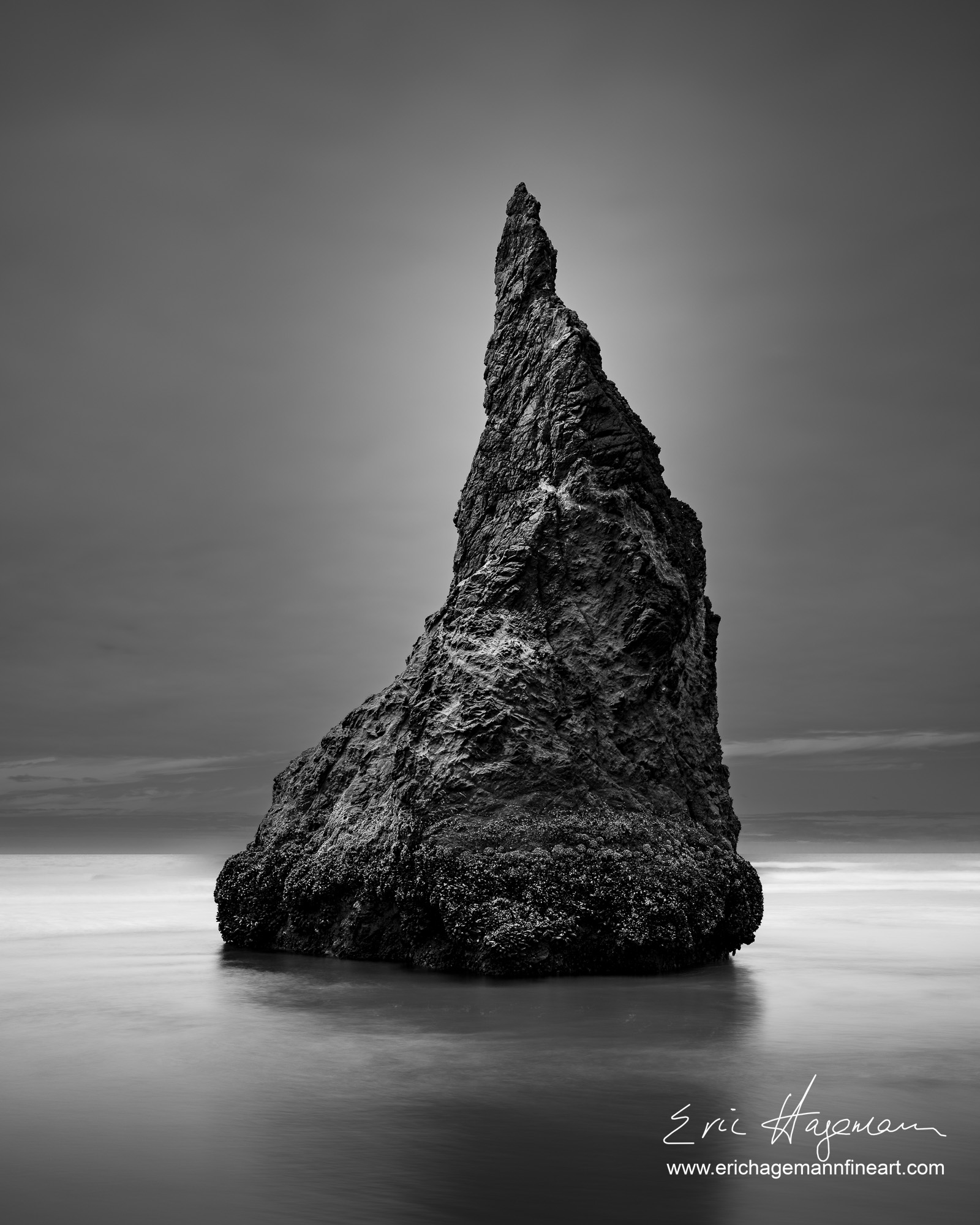
As always, we appreciate you sharing your insights and we’ve got a few more questions for you, but before we get to all of that can you take a minute to introduce yourself and give our readers some of your back background and context?
I’ve been making photographs for 50 years, receiving my first camera for Christmas when I was 10. I was fascinated with the ability to record and preserve what I saw. My father also enjoyed photography as a hobby.
I earned a degree in electrical engineering in the 1980s and developed a deep expertise in radios and computers. After shooting film for many years, I purchased my first digital camera to use on vacation in 2005. I was hooked. Digital Photography democratized the darkroom. Digital provides instant feedback and eliminates the darkroom or the photolab from the process. I now had complete control of my photographic process and, combined with my engineering background, an ability to dig deep into the technology.
I believe all photographers are on a journey—mine reset in 2005. I (re)started with flowers, buildings, and animals. I captured sunsets and sunrises and started chasing the light. I primarily worked in color and only used black and white as that “second chance” when things didn’t go right.
I still do color work. Some things, like a sunset, cannot be expressed in black and white. I also still like action photography — always trying to get the decisive moment.
But my real passion is seeking scenes to be captured and processed into black and white. My latest work is an equal balance of image capture and post-processing. I use the captured scene as the base and then control the light in post to create presence.
Once I have an image in mind, capturing my vision may take several attempts. I often return to the same place at different times to get the best light and weather conditions. For me, it’s an iterative process. I capture the scene, begin the processing, and realize I should have captured it differently. I then recapture the image and repeat the cycle.
Previsualization, as described by Ansel Adams, is key. When I look for compositions, I see the scene before me, imagine the final result, and then press the shutter. In several cases, I capture the image knowing I do not yet have the skills to create my final vision.
Continual process refinement and learning are key. Several images sat in my computer for years before I learned the skills to create the desired outcome.
Finalizing the vision of an image created a year ago is the most rewarding part of the creative process.
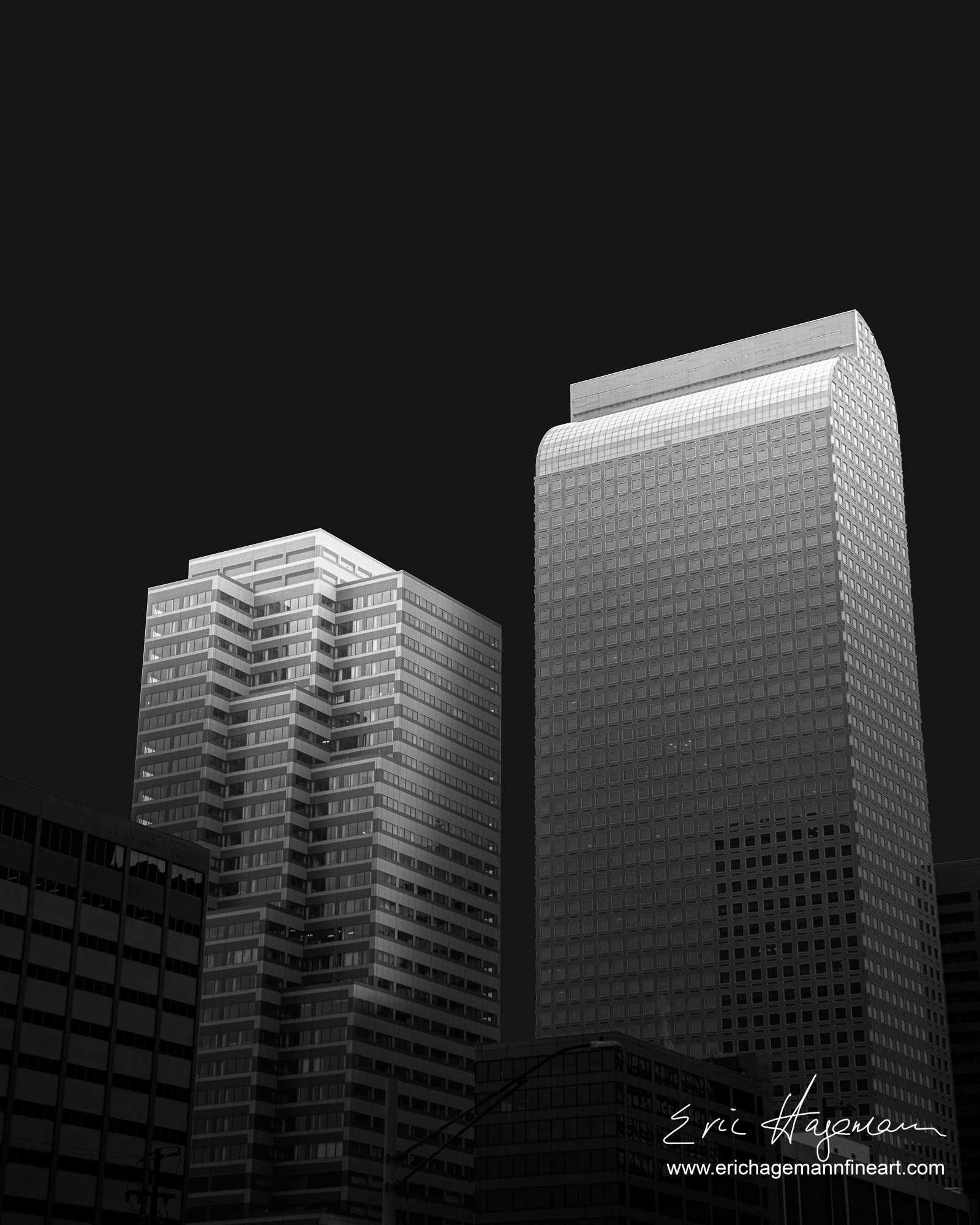
Let’s talk about resilience next – do you have a story you can share with us?
One of my photographic interests is abandoned grain silos on the American High Plains. These structures stand like sentinels, the tallest structures around. When traveling in the Plains, you see these structures before you see the surrounding towns.
I found a particularly interesting silo complex in Arapahoe, Colorado, about 20 miles from the Kansas border and 150 miles from my home. I knew there was an image to be made, so I stopped to photograph the structures.
That night, after returning home and looking at the images on my computer, I realized there was a better image that I had missed. The next day, I returned to the location — 3 hours out and 3 back — to photograph the scene again.
I was still not happy with my work.
It was during a third trip, a week later, that I captured the image I wanted.
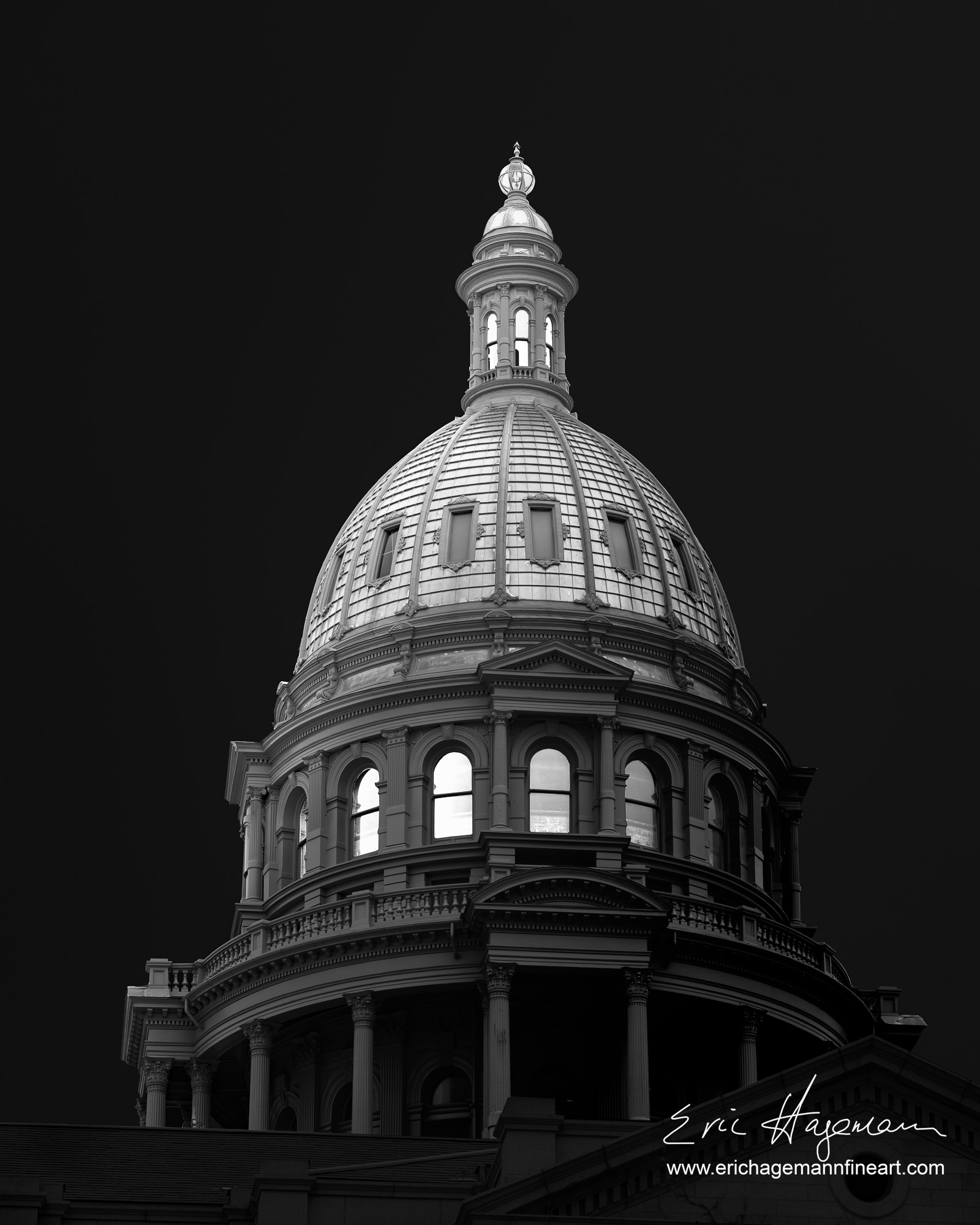
We’d love to hear your thoughts on NFTs. (Note: this is for education/entertainment purposes only, readers should not construe this as advice)
NFTs are a loaded subject. People confuse the technology with the function and get lost in the process.
NFTs are stock in an artist, much like you’d buy stock in a company. If the artist is successful and advances in their career, the NFTs will trade higher, and the investors (and the artists) will make more money.
If the artist’s career does not advance, the NFT will not gain value, and no one will make money.
The risk to emerging artists is the expense of minting the NFT, an upfront fee that only benefits the marketplace.
Contact Info:
- Website: https://www.erichagemannfineart.com
- Instagram: @hagemann.fineart
- Facebook: https://www.facebook.com/hagemann.fineart
